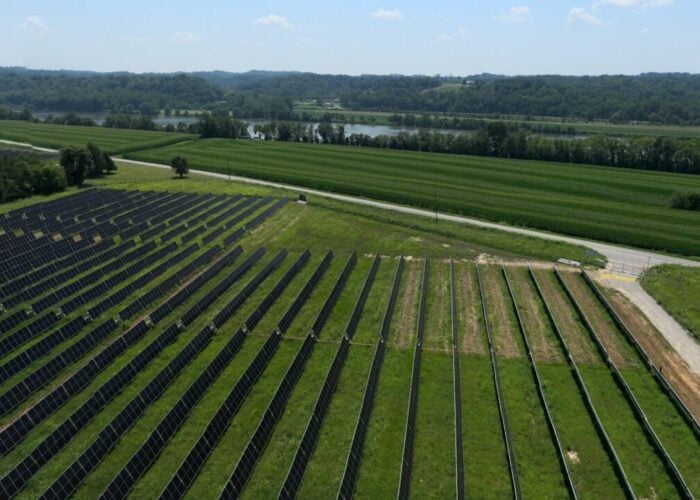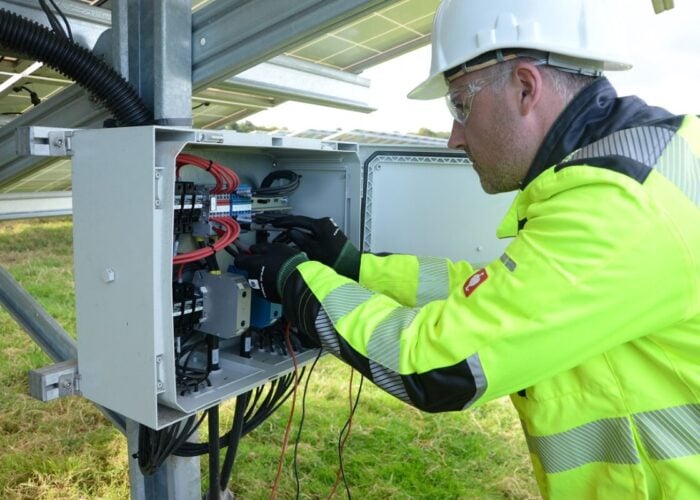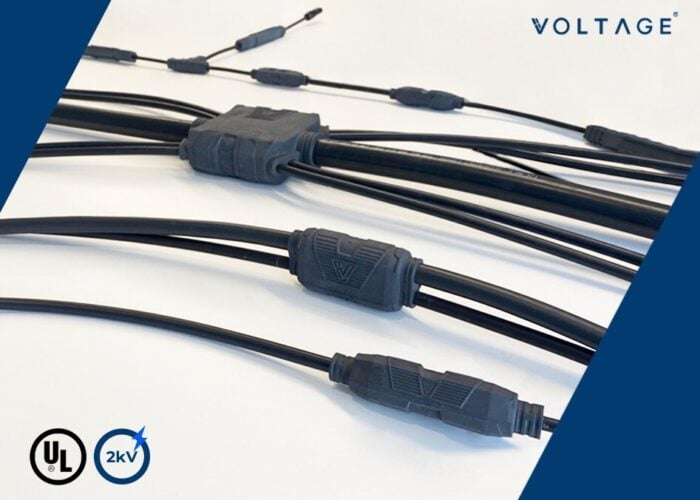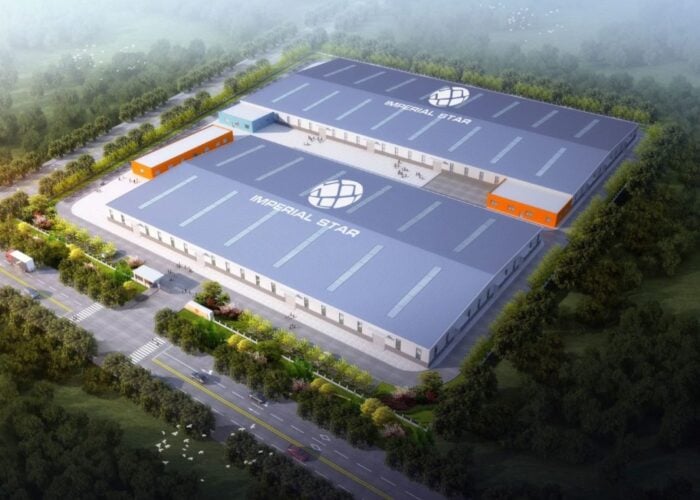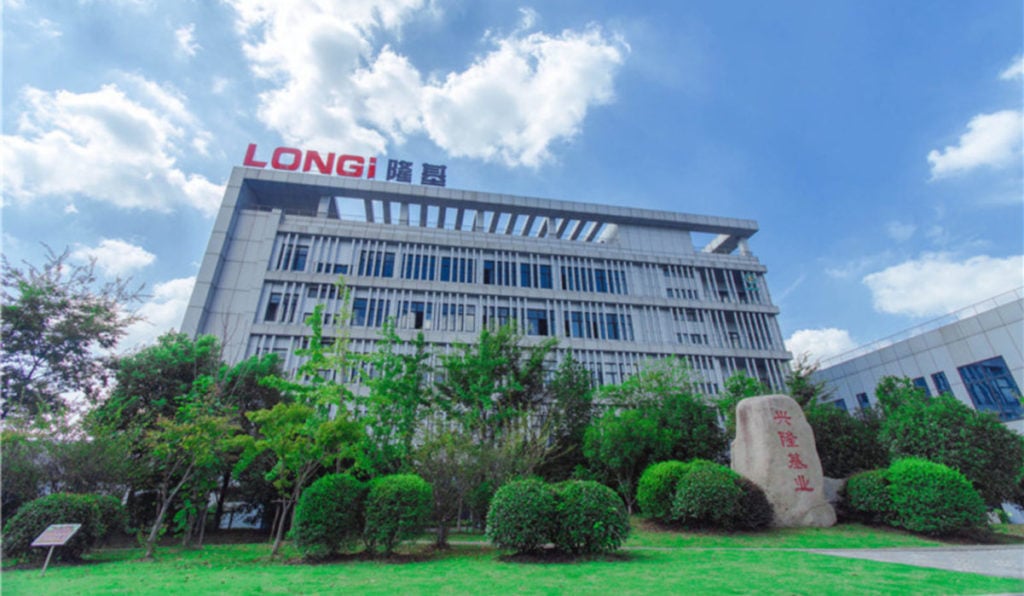
Chinese solar manufacturing giant LONGi Green Energy has addressed rumours it is planning to shut down production at its facilities in Southeast Asia in response to US import tariffs coming into force.
Rumours in Chinese media over the last two days have said that the company will be closing some of its production lines in Vietnam and Malaysia as the moratorium on antidumping and countervailing duty (AD/CVD) tariffs in the US expires.
Try Premium for just $1
- Full premium access for the first month at only $1
- Converts to an annual rate after 30 days unless cancelled
- Cancel anytime during the trial period
Premium Benefits
- Expert industry analysis and interviews
- Digital access to PV Tech Power journal
- Exclusive event discounts
Or get the full Premium subscription right away
Or continue reading this article for free
In a statement seen by PV Tech, LONGi said: “The current industry environment is complicated… Since the beginning of this year, the industry has faced multiple impacts such as product price changes, technology iteration acceleration and trade policy adjustment, and photovoltaic companies are facing certain operational challenges.”
It added: “At the same time, in order to achieve the wide promotion of the agile intelligent manufacturing model, the company continues to promote the digital upgrading and technological transformation of the global base factories, so the production plan of different regional bases is adjusted.”
In analysis from PV Tech Premium, LONGi was found to have sustained the most financial losses of any of the big five Chinese solar manufacturers over the last year.
US tariffs
LONGi’s subsidiary Vina Solar was found to be circumventing US import tariffs by the Department of Commerce (DOC) in August last year. Along with Trina Solar, Canadian Solar, BYD Hong Kong, and New East Solar, the company was accused of moving parts of its supply from China to Southeast Asia for “minor processing” before shipping to the US to avoid US tariffs on Chinese goods.
At the time of last year’s determination, the DOC said that companies which did not respond to its investigations were assumed to be circumventing tariffs until proven otherwise.
President Biden’s moratorium on collecting duties on offending Southeast Asian imports expired yesterday. The actual impact of this round of tariffs is uncertain, as some manufacturers – like Trina Solar in Vietnam – have expanded wafer capacity outside of China, which enables shipments to the US.
However, there might be more stringent laws coming down the pipe. A recent AD/CVD investigation brought to the DOC by big US players, including First Solar, Hanwha Qcells and REC Silicon, could have more impact. Clean Energy Associates (CEA) forecast that the tariffs could cause a “bottleneck” in solar cell supply to the US and create a “significant disadvantage” for Southeast Asian products in the market.
PV Tech head of research Finlay Colville went further still. Speaking at an event in London earlier this year, he said that companies with capacity in Southeast Asia “probably, almost certainly, won’t be able to ship any of it to the US, and that’s the only reason the capacity’s there.”
According to the China PV Industry Association, nearly 20 Chinese PV companies have established PV production in the Southeast Asian region by way of joint ventures, investments, mergers, acquisitions and other means. Besides LONGi, there have also been recent reports of production suspension at local factories of other PV companies.
The US is not the only market that would accept Southeast Asian solar products, but Europe currently accepts cheaper imports directly from China and India is also engaged in building out its own domestic manufacturing capacity.
It remains unclear whether the US could sustain its solar deployments levels under a new, more severe antidumping tariff. While efforts to build domestic capacity are gathering pace, it still relies massively on imports from Southeast Asia, particularly in the upstream (premium access).


